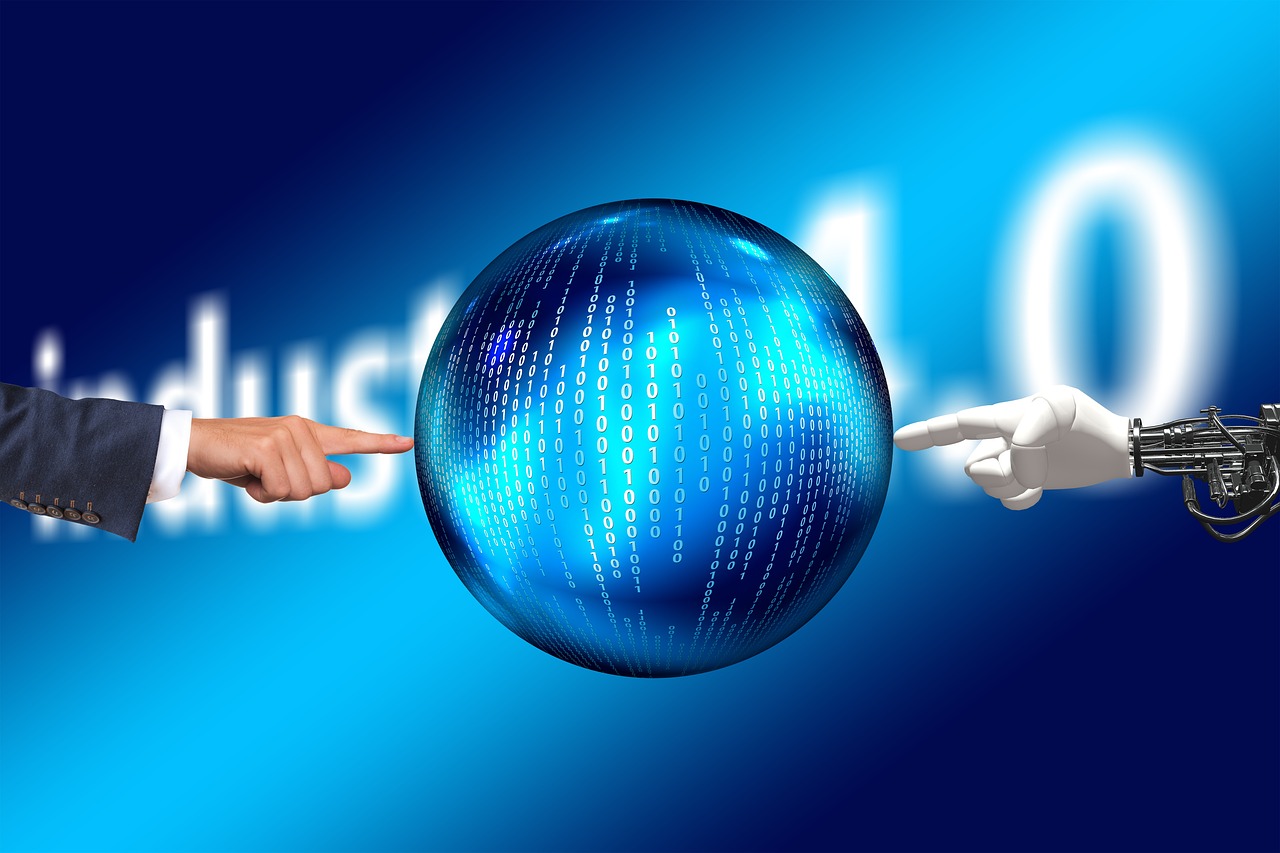In-Depth Data: Moving To 3D

As computer technology continues to evolve, it will soon be possible for an average PC to do things that until recently required the world’s largest supercomputers. Consider, for example, the acquisition, modeling and display of true three-dimensional (3D) data. New technologies (input and output) are creating new kinds of 3D systems, that are rapidly declining in price and which could soon become standard on PCs and embedded systems.
On The Input Side
The most important emerging 3D technologies that are now being productized capture “depth” information in real time; think of them as true 3D cameras. Two types of systems, active and passive, show particular promise.
In the active systems, a signal (usually a special frequency of light, often in the infrared range) is broadcast, and returning echoes are measured to calculate distances to objects and surfaces in the visual field. This is how bats “see,” and how radar is used to track airplanes for air traffic control. These systems rely on low-cost infrared and other LED emitters and sensors, many of which are already in widespread use on devices such as PCs and digital cameras.
The company way out front on this approach is Canesta, which has created a toolkit of hardware and software called Electronic Perception Technology for embedding this capability in many kinds of production systems. Canesta has created a demo application—their virtual keyboard—that illustrates the possibilities: Imagine a small PDA in its cradle sitting on a desk. The PDA uses a simple, low-power laser to project onto the desk an image of a full QWERTY keyboard. You then can start typing on a keyboard that isn’t really there, and the PDA picks up the letters as your fingers tap on the locations of particular keys.
3D sensing tracks the changing position of each finger as it moves from one virtual key to another. The system works especially well for slow, hunt-and-peck typists, but can keep up with a touch-typist pounding at up to 60 words per minute. I tried one recently and it really worked. No longer will users of handheld computing have to carry around foldup keyboards.
Another kind of active-system application involves advanced robots. One of the leaders is iRobot, which makes robots for the military to do search-and-recon activity. iRobot also makes a practical home robot, Roomba, a self-guided vacuum cleaner that cleans your floors while you’re out. Roomba uses active sensors to create a 3D map of the surrounding environment so the robot can sense and avoid cliffs, stairs, walls and objects.
Another promising approach to 3D sensing works more like human visual systems. It compares image data from two conventional CMOS camera chips (found in digital cameras) that are mounted slightly apart. Dedicated circuitry powered by clever algorithms then use “parallax” information (different views of the same scene from two different points—called “binocular disparity”) to compute the distance to objects in the scene.
Until now, this kind of real-time processing was too intense to be done on anything but a supercomputer, but now we can produce some 3D image-recording systems cheaply with a few chips. The systems don’t require any active generation of a signal and, therefore, can’t be detected (if you care) or confused by spurious radiation in the environment.
A leader in this approach is Tyzx, which envisions a broad array of applications, including improvements to face-recognition systems. Instead of recording a two-dimensional picture of someone’s face, the Tyzx technology records a full 3D-depth map of the face. This allows you to record the distance from the tip of the nose to each ear, etc., making recognition much more accurate and harder to spoof. Technology like this might, someday, enable your front door to “recognize” you, and then to automatically open the door for you—and you alone.
Tyzx also is applying the technology to surveillance monitoring. Their unique approach doesn’t try to recognize particular individuals in, for example, an airport. Instead, it uses the 3D imaging to pick out and track in real time every person in the field of view. With a series of these imagers you could keep track of everyone who entered an airport, where they went and when they left (either by plane or out the airport door), all without actually having to identify any particular person. Instead, the system tracks people as objects and focuses on detecting unusual behavior patterns or entry into unauthorized areas. There have been recent incidents at airports where something suspicious was detected at a security checkpoint, but the person quickly “got lost” in the crowd, forcing the entire airport to close for hours. With a system like this, you could track the movements of everyone in the airport and find the suspicious person immediately. These systems also don’t require knowing who the bad guys are ahead of time, as do most of the other systems proposed so far.
Other applications of 3D-sensing technologies include gesture-driven user interfaces (some of which were shown in the recent film, Minority Report), which could be popular for video games. Interestingly, one application already is emerging in the auto industry, where 3D technologies will sense the location and orientation of each occupant in a car and adjust the airbag deployment accordingly. We’ll also see sight-enabled devices come into the market, enabling, for example, PCs to literally “read your lips” to improve the accuracy of speech recognition, especially in noisy environments.
On The Output Side
Technologies are finally being perfected that create 3D images without the need for those hokey glasses Hollywood tried in the 1950s. Indeed, many studies have confirmed that average users won’t wear special glasses to view a computer display. The trick is to give the human visual system the depth clues, mainly in the form of parallax shifts for each eye, it naturally uses to see in 3D. That means, essentially, ensuring that each eye sees a slightly different image (that’s what the special glasses enabled).
Techniques now exist to enable a computer LCD display to direct different vertical stripes of pixels to each eye. Then, by carefully interleaving two slightly different images on the LCD screen, the user sees the combined image as a single scene with depth. This is similar to how “Magic Eyes” stereograms work, in which a 3D image pops out of what seems at first to be a random collection of dots. Some devices use a special kind of light generator behind the LCD display, while others put a carefully engineered mask in front of the LCD display. All are enabled by the precise geometry of the pixels in LCD displays.
Companies perfecting these displays include Dimension Technologies and StereoGraphics Corp. The latter’s approach works a little like those toys that change an image as you move your head (come on, admit it, you had one in first grade!). An array of these so-called lenticular lenses is placed in front of the LCD screen and directs different stripes of pixels to each eye. This has the advantage of making the three-dimensional effect visible from a wide range of angles, compared to other systems that require tracking the user’s head position to properly display the data for 3D perception.
Other output approaches don’t try to trick the eye, but instead actually create full volume images, a la holograms. Actuality Systems uses a rotating display to create images that float in space before the user.
The ultimate, however, is 3D printing. These devices, which have been in use for rapid prototyping, generate 3D physical objects from a data set by laying down a series of thin layers of material—paper, plastic or even metal. Even though they are pricey ($35,000 and up), they are almost a necessity today in design shops or laboratories. Z Corporation is leading the charge to drop the prices to a point where these devices are affordable by medium-sized companies.
Conclusion
Work is also underway in the area of 3D modeling, and service bureaus have popped up on the Internet that will “print” your 3D model and fed-ex the result to you the next day. Enhancements to 3D modeling software are made all the time.
These threads of technology will come together over the next few years to make working with 3D data routine and affordable, and that will add a whole new dimension to how computers interact with the real world and us. It also means that data-set sizes will inevitably increase, which will consume some of our excess cycles, storage and bandwidth. It’s time to start thinking about how to utilize depth information and real 3D displays


